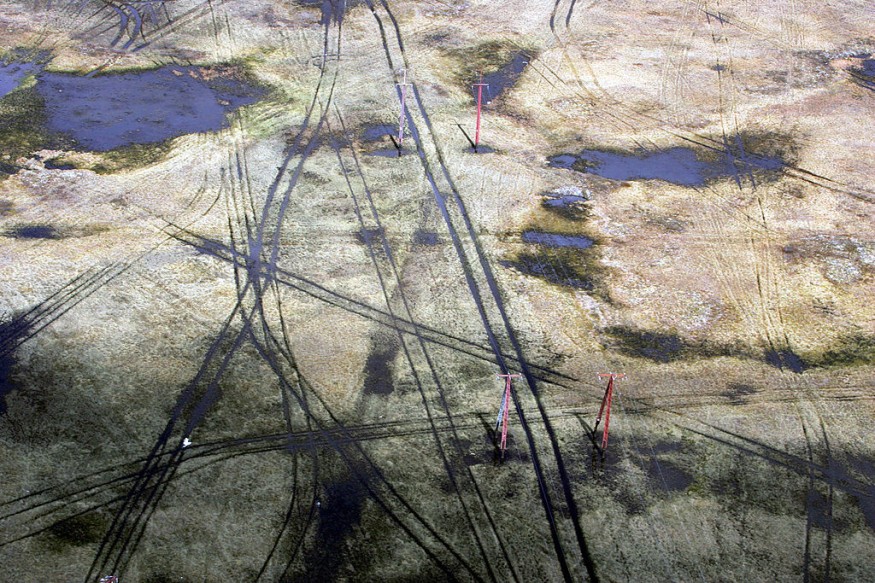Arctic global warming is causing the Siberian tundra to lose its natural geological and climatic feature of being the cold landscape everyone knows it for, according to a new study.
Scientists found that the Siberian tundra could vanish in less than 500 years unless human-caused greenhouse gas emissions are mitigated.
For decades, the Arctic icy continent has been a subject of melting polar ice caps, as well as glaciers and ice sheet.
Previous research claimed that a combination of both permafrost thawing and anthropogenic warming have accelerated this process.
Arctic Global Warming

A new paper was published in the journal eLife on May 24.
In the study, researchers from the Alfred Wegener Institute Helmholtz Centre for Polar and Marine Research and other institutions in Germany highlighted the looming threat toward the biodiversity in the Siberian tundra.
The Germany-based scientists developed a new model called LAVESI, which is designed to further understand what is occurring in the Siberian tundra.
The scientific team found through their simulations that climate warming, associated with a time lag for the next 1000 years, will occur in the region.
This puts the Siberian tundra at risk as the prediction shows relative extreme heat will envelop the region, which was never seen since the Industrial Revolution of the 18th century.
Also Read: Satellite Reveals Arctic Ice Melting at "Frightening Rate" Due to Greenhouse Gas Emissions
Arctic Greenhouse Gas Emissions
According to an annual Arctic report by the National Oceanic and Atmospheric Administration (NOAA) in 2020, the Arctic recorded its hottest 12-month period as of September 2020, with the warmest temperatures recorded in the past seven years since 1900.
The results are linked to the ongoing climate crisis, as the Arctic reportedly underwent a roller coaster of temperature alterations and persistent global warming triggered by the continuous greenhouse gas emissions.
The findings lead to the possibility that the Arctic is transforming into an entirely different landscape, characterized by a less frozen, hotter, and biologically-altered environment.
This is aggravated by wildfires during that year one-year period, increasing temperatures, and ice melt
Siberian Temperatures
In relation to the study, Jennifer Francis, a scientist at the Woodwell Climate Research Center, stated Siberia's temperatures "were off the charts" for most of 2020, as cited by The Guardian.
Above-average temperatures were recorded during the first half of that year, wherein an abnormally hot weather resulted in temperature increase as high as 5 degrees Celsius (9 degrees Fahrenheit) in some parts of Siberia.
In June 2020, the Siberian town of Verkhoyansk recorded a temperature of 38 degrees Celsius (100.4 Fahrenheit), making it the hottest temperature recorded north of the Arctic Circle, as reported by the UK-based media outlet.
Permafrost Carbon Emissions
In a separate study published in the journal Nature Reviews Earth & Environment on January 11, scientists have discovered natural permafrost carbon dioxide emissions are proportionally greater than other greenhouse gas emissions in the Arctic.
This is due to available data that showed that the Arctic permafrost contains almost 1.7 billion metric tons of frozen and thwarting carbon.
The study emphasized that anthropogenic warming or human-induced global warming is threatening to release an "unknown quantity" of stored carbon into the atmosphere.
With these scientific theoretical and empirical evidence at hand, the projection that the Siberian tundra could vanish by 2500 is highly possible unless greenhouse gas emissions are curbed to mitigate the greenhouse effect and eventually the Arctic global warming.
Related Article: Strong Ocean Currents Promote Release of Arctic Greenhouse Gas
© 2026 NatureWorldNews.com All rights reserved. Do not reproduce without permission.





